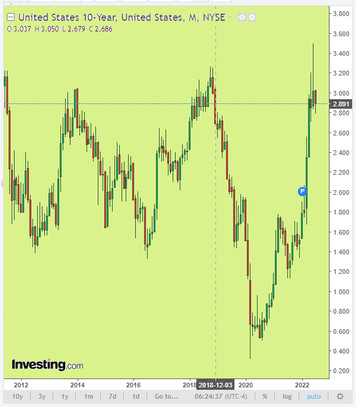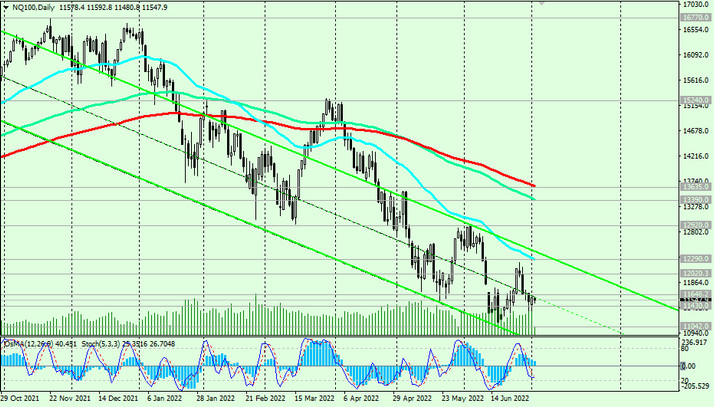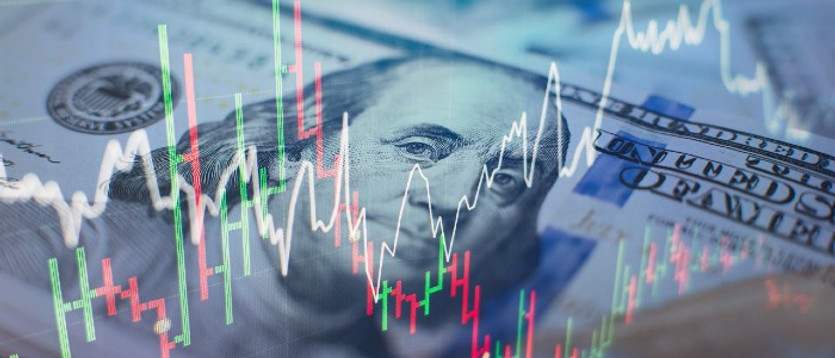The dollar continues to dominate the financial market, while major US stock indices remain under pressure from expectations of further tightening of the Fed's monetary policy. Investors prefer the dollar. It continues to rise in price, which is also of interest to strategic investors who prefer a stable, almost guaranteed, long-term income. The dollar is also in demand as a defensive asset, seizing the initiative from other traditional defensive assets such as the yen, gold, US government bonds. Their yield decreased last week due to some growth in demand for government bonds, however, it continues to remain at the levels of more than 3 years ago. Thus, the yield on 10-year US bonds is currently 2.889%, corresponding to the levels of December 2018. Gold also fell to the price of 1800.00 dollars per ounce. Near this line of balance, the price for it was almost the entire previous year.

Today the United States celebrates Independence Day - banks and stock exchanges in this country will be closed. In this regard, especially during the American trading session, trading volumes will be low, which, however, does not exclude the possibility of a sharp short-term increase in volatility in the thin market. Publication of important macro statistics today is also not scheduled. The activity of traders in the market is minimal; the DXY dollar index at the time of publication of this article is at 104.84, corresponding to the opening price of today's trading day.
Market participants are waiting for the Fed to take further steps towards raising interest rates to 4.0%. This, in particular, was said last week by New York Fed President Williams. According to him, the Fed "is prudent to go to 3.5% - 4.0% of the federal funds rate" this year, and then to 3.5% - 4.0% next year. He also said that at the July meeting of the Fed (July 26-27) the issue of raising the rate by 50 or 75 bp will be discussed.
The Fed is pursuing the most aggressive tightening of its monetary policy in decades, rapidly winding down stimulus measures that have fueled inflationary pressures. The actions of the central bank are aimed primarily at fighting inflation, which has reached a maximum in four decades.
"Inflation is too high, and we understand what difficulties it causes. We are taking prompt action to reduce it," Fed Chairman Jerome Powell said at a press conference following the May meeting. Now the Fed interest rate is at 1.75%, and market participants expect it to increase further.
As for the US stock market, its major indices (S&P 500, DJIA, Nasdaq100) have declined significantly this year, after reaching record highs at the very end of last year.

Thus, the Nasdaq100 index (it includes the 100 largest companies by capitalization, with the exception of financial ones, whose shares are traded on the NASDAQ stock exchange) at the time of publication is traded near 11535.0, having corrected after the strongest fall since the beginning of the year to the key support level 11430.0, which separates the long-term bullish trend from bearish. Despite the current upward correction, in general, the negative dynamics of the Nasdaq100 and the entire American, and not only the American, stock market persist. Investors prefer the safe dollar.





